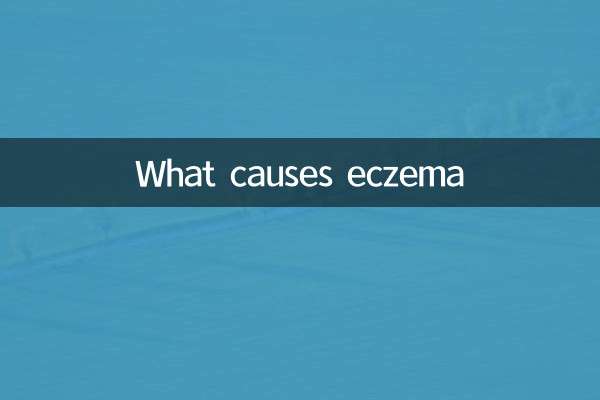What can you eat with chronic nephritis?
Chronic nephritis is a common kidney disease, and dietary management is crucial to slowing the progression of the disease. A reasonable diet can not only reduce the burden on the kidneys, but also help patients maintain nutritional balance. The following are dietary recommendations for patients with chronic nephritis, compiled based on the hot topics and hot content on the Internet in the past 10 days.
1. Diet principles for chronic nephritis

Patients with chronic nephritis should follow the dietary principles of low salt, low protein, low phosphorus, and low potassium, while ensuring adequate intake of calories and vitamins. Here are specific dietary recommendations:
| food category | Recommended food | restrict food |
|---|---|---|
| protein | High-quality protein (such as eggs, milk, lean meat, fish) | High-protein foods (such as beans, nuts, organ meats) |
| salt | Low-salt or no-salt foods | Preserved foods, processed foods, high-salt condiments |
| phosphorus | Low phosphorus foods (such as apples, cucumbers) | Foods high in phosphorus (such as dairy products, carbonated drinks, chocolate) |
| Potassium | Low potassium foods (such as cabbage, winter melon) | High potassium foods (such as bananas, potatoes, oranges) |
2. Specific dietary recommendations for patients with chronic nephritis
1.Choice of high-quality protein: Patients with chronic nephritis should give priority to high-quality protein, such as eggs, milk, lean meat and fish. These foods are not only high in protein, but also easy to digest and absorb, placing less burden on the kidneys.
2.The importance of a low-salt diet: A high-salt diet will increase the burden on the kidneys, leading to edema and high blood pressure. Patients should avoid eating pickled foods, processed foods and high-salt condiments, and control their daily salt intake within 3-5 grams.
3.Control phosphorus and potassium intake: Patients with chronic nephritis are often accompanied by hyperphosphatemia and hyperkalemia, so the intake of high-phosphorus and high-potassium foods should be limited. For example, avoid dairy products, carbonated drinks, chocolate, and high-potassium foods such as bananas and potatoes.
3. Recipe recommendations for patients with chronic nephritis
The following is an example of a three-meal-a-day diet for patients with chronic kidney disease:
| Meals | Recommended food | Remark |
|---|---|---|
| breakfast | Millet porridge, boiled eggs, cold cucumber | Low salt, low phosphorus, low potassium |
| Lunch | Steamed fish, white rice, fried cabbage | High quality protein, low salt |
| dinner | Winter melon soup, steamed pumpkin, lean meat slices | Low potassium, low phosphorus |
4. Precautions for diet in chronic nephritis
1.Avoid high purine foods: High-purine foods such as seafood and animal offal will increase the production of uric acid and increase the burden on the kidneys.
2.Drink plenty of water: Patients with chronic nephritis should adjust the amount of water they drink according to their urine output and edema to avoid aggravating edema caused by excessive drinking.
3.Regular monitoring: Patients should regularly monitor blood potassium, blood phosphorus and renal function indicators, and adjust their diet plan based on the test results.
5. Summary
Dietary management of patients with chronic nephritis is an important part of treatment. Through reasonable dietary adjustments, the burden on the kidneys can be effectively reduced and the progression of the disease can be delayed. Patients should develop a personalized diet plan under the guidance of a doctor or nutritionist and stick to it.
The above is the relevant content about what to eat with chronic nephritis. I hope it will be helpful to you. If you have any questions, please consult a professional doctor in time.

check the details

check the details